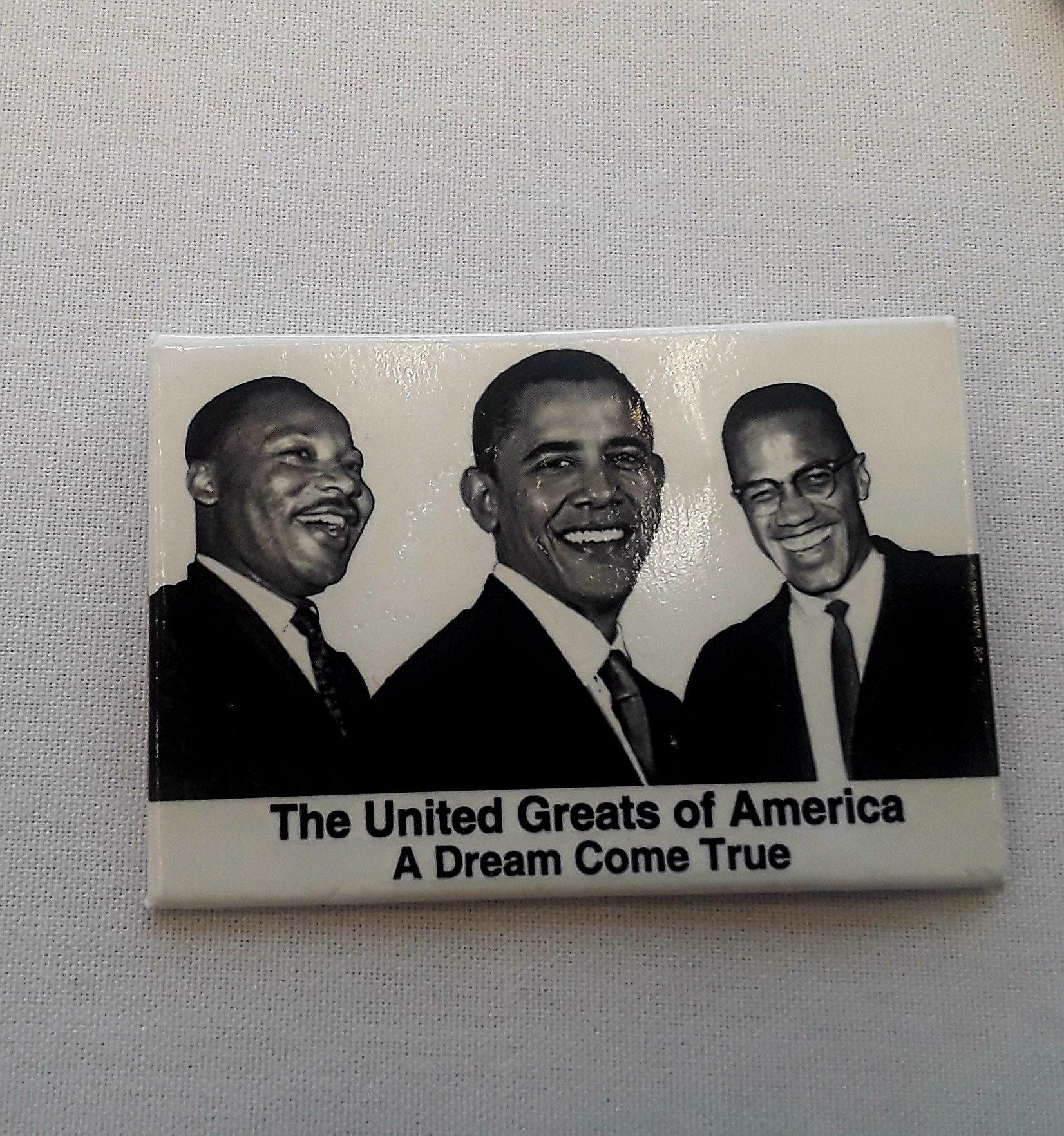The history of Africans being on American soil begins with them confined to the lower decks of slave ships, overcrowded and unsanitary, as they embarked on a journey to an unknown destination. As this voyage took more than a month to reach, the inhumane conditions ultimately caused many deaths and those who survived the Middle Passage were in no better state. Never again would they see their native land, these men and women were now forced to form new lives in a country that was not their own.
The African American experience in America is a long one, spanning out to a total of 400 years. First, they were property: the efficient, economic engine for the southern states of the nation. Then, they were free but ultimately continued to work for their white peers while simultaneously living separately in segregated communities.
Yet all the while, the descendants of those very Africans who were packed like cargo would have a culture that blossomed and evolved over the passing of time. Many influential people would come from the African American community such as revolutionaries like Martin Luther King to groundbreaking entertainers like Chuck Barry.
At Dr. Khalid el-Hakim’s Black History 101 Mobile Museum, which was one of the events held at Sinclair Community College in observance of Black History Month during Feb. 17 and 18. The public was capable of seeing African American history through 150 artifacts placed on display.
Those who stepped through the entry doors of Building 14 could immediately see the familiar face of Kendrick Lamar on the Rolling Stone magazine. Then within just a few short steps, some of the things patrons would view could be a James Brown album or jarring caricatures that were shamelessly displayed in mainstream advertisements and finally – at the very end – they would see a worn tattered whip and rusted shackles: showing where all this history started.

While Sinclair has done many things in honor of its African American faculty and student body, this was the first time the mobile museum hit campus grounds.
“It’s been a very warm reception,” el-Hakim said in reference to his two days spent at Sinclair, “everyone’s been very nice to me and very supportive of the work.”
Both days had been extremely busy, with Monday being open to the general public and Tuesday having three Dayton schools visit. With such heavy traction, el-Hakim had the opportunity to speak and engage with many.
“One thing I find is that in an exhibit like this we have 150 artifacts on display. Everybody brings their own personal experience to this space,” el-Hakim said, “and so different artifacts will resonate with different people based upon their own experience.”
When it came to the aspect of modern African American culture and advancements, the mobile museum heavily emphasized the progressive growth of Hip Hop. A culture that began in the ‘70s as an underground movement in the Bronx is now holding a place in mainstream society where it has been declared as the biggest music genre as of 2018 by Reuters.
For those who are only aware of rap on a surface level, they may wonder why highlight this aspect of advancements? However, el-Hakim had an answer, for he is far more than a casual lover of Hip Hop.

“Hip Hop, for me, was my entry point into black history and consciousness on a very deep level.” el-Hakim explained, “Hip Hop introduced me to Malcolm X and the Nation of Islam, into the Black Panther Party, into Asante Shakur. I got interested in Black History because of Hip Hop.”
Furthermore, el-Hakim felt that the inclusion of artists who contributed to this musical culture brings forth a different emotional response that contrasts against the memorabilia from the days of Jim Crow.
To see items featuring prominent and iconic modern day artists, attendees are also capable of possessing a strong emotional response as they recall the first time they heard rap songs such as, “Rapper’s Delight” by Sugar Hill Gang. Alternatively, they may hold an equally strong reaction that emerges from seeing the face of Nipsey Hustle in a newspaper.

“I think it’s important that young people see themselves represented in something like this so they can see themselves placed along the timeline of history,” el-Hakim said.
In addition to this being el-Hakim’s first time at Sinclair, it was also his first time in Dayton. “I love Dayton, I got a chance to go to the Paul Laurence Dunbar House and got a chance to see some of the West Side of Dayton. It reminds me a lot of Detroit.” el-Hakim said, referencing his hometown.
“I recognize that the challenges we have as black people living in urban areas are similar, you see the opportunity for growth. You see the opportunity to address some of the challenges, and we have to remind ourselves that we’re apart of an ongoing struggle.”
When asked if he would consider appearing again in the future, he said: “if I’m invited, absolutely! I would be honored to come back.”
Browsing the museum was an effective history lesson in motion as the attendee was capable of touching and seeing things that defined the Jim Crow era so, it would equally be an honor if el-Hakim did return with his mobile museum.
Ayzha Middlebrooks
Associate Editor

